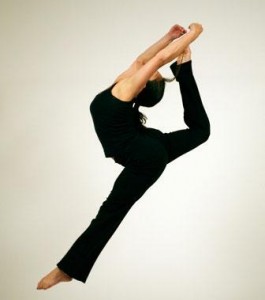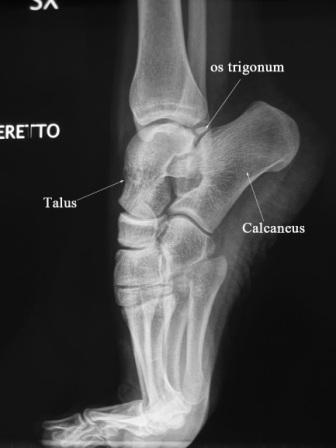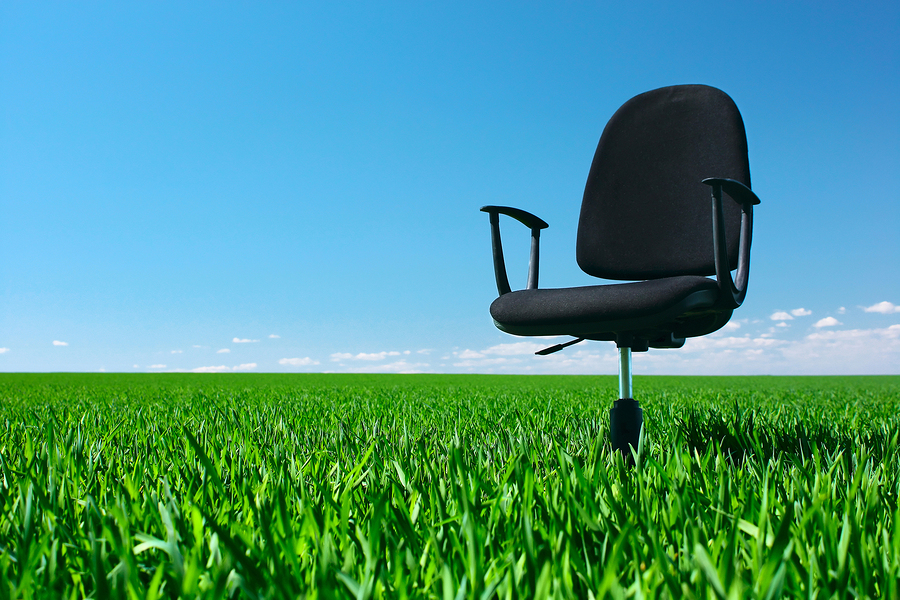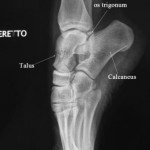POSTURAL STABILITY IN DANCERS AFTER INJURY
 Ballet dancers are widely known for their superior body control in various challenging body positions. In fact it has been found in recent studies that ballet dancers have better postural control when compared to other elite athletes. However, what has not been examined is the effect of injury on postural balance in dancers. A recent study in The American Journal of Sports Medicine by Lin, et al, addresses this vary issue.
Ballet dancers are widely known for their superior body control in various challenging body positions. In fact it has been found in recent studies that ballet dancers have better postural control when compared to other elite athletes. However, what has not been examined is the effect of injury on postural balance in dancers. A recent study in The American Journal of Sports Medicine by Lin, et al, addresses this vary issue.
Postural balance requires a combination of several different sensory inputs: visual, vestibular (inner ear), and somatosensory (from the skin, joints, muscles, etc). Somatosensory input gives the brain information about where the body is in space; this is called proprioception. These sensors can be damaged with ligamentous and muscular injuries such as ankle sprains and in turn lead to a deficit in proprioception. Proprioceptive deficits can put a dancer at more risk for re-injury or new injury.
The recent study by Lin was the first study that evaluated stability in dancers in ballet specific postures following an injury. Three different groups were studied: healthy dancers, injured dancers (with sprained ankles), and health non-dancers. Postural stability was evaluated on a balance sensor that monitors subtle deviations in stability. This was done with the eyes open and then again with the eyes closed to further stress the proprioceptive component of balance. As expected the injured dancers had decreased control not only in ballet specific positions but also in a simple single leg standing position when compared to healthy dancers. Surprisingly the injured dancers had worse stability control than the non-dancers. Many dancers, and other athletes, that I have treated often assume that a skill such as balancing will come back without training, however this is not the case, and as the study indicated it regresses to the point that is worse than untrained people.
The postural deficits were most notable in side to side control with single leg standing and front to back control with first and fifth position. Compensation was noted at the knee and hip joints in an attempt to make up for the injured ankle. The en pointe position crated the most stability issues; injured dancers were inferior in all directions of stability. With lateral ankle sprains the most commonly damaged ligament is the anterior talofibular ligament. This ligament is stressed maximally when the ankle is plantar flexed, such as during en pointe positions. It is not surprising that when this ligament is damaged the proprioception during pointe is significantly disturbed.
This study brings to light the importance of a thorough rehabilitation program that includes proprioceptive training in ballet specific positions. Typically a sprained ankle takes 6-8 weeks to recover. During this time it is critical to begin proprioceptive training to ensure that the balance deficits do not lead to further injury. Additionally if a dancer has a past injury of ankle sprain without proper rehabilitation it is likely that postural stability still remains and there is an increased risk to further injury. If this is the case, dancers should begin a 3-4 week proprioceptive training plan that includes ballet specific posture.
Dance injuries and rehabilitation are unique and should be managed by a healthcare practitioner that is experienced with the subtleties of dance medicine. Proprioception training for ballet typically includes balance exercises on an unstable surface such as a Bosu ball or stability disc. These exercises should be done in normal stance position as well as ballet specific positions. Whole body vibration may additionally add value as a proprioceptive trainer especially early during rehab when range of motion is limited. KinesioTape or RockTape are also good taping methods that help protect the joint and provide increased proprioception when applied properly. Keep in mind that a training plan should be designed specifically for each injury and you should not attempt to manage the injury without the supervision of an experienced healthcare practitioner.











